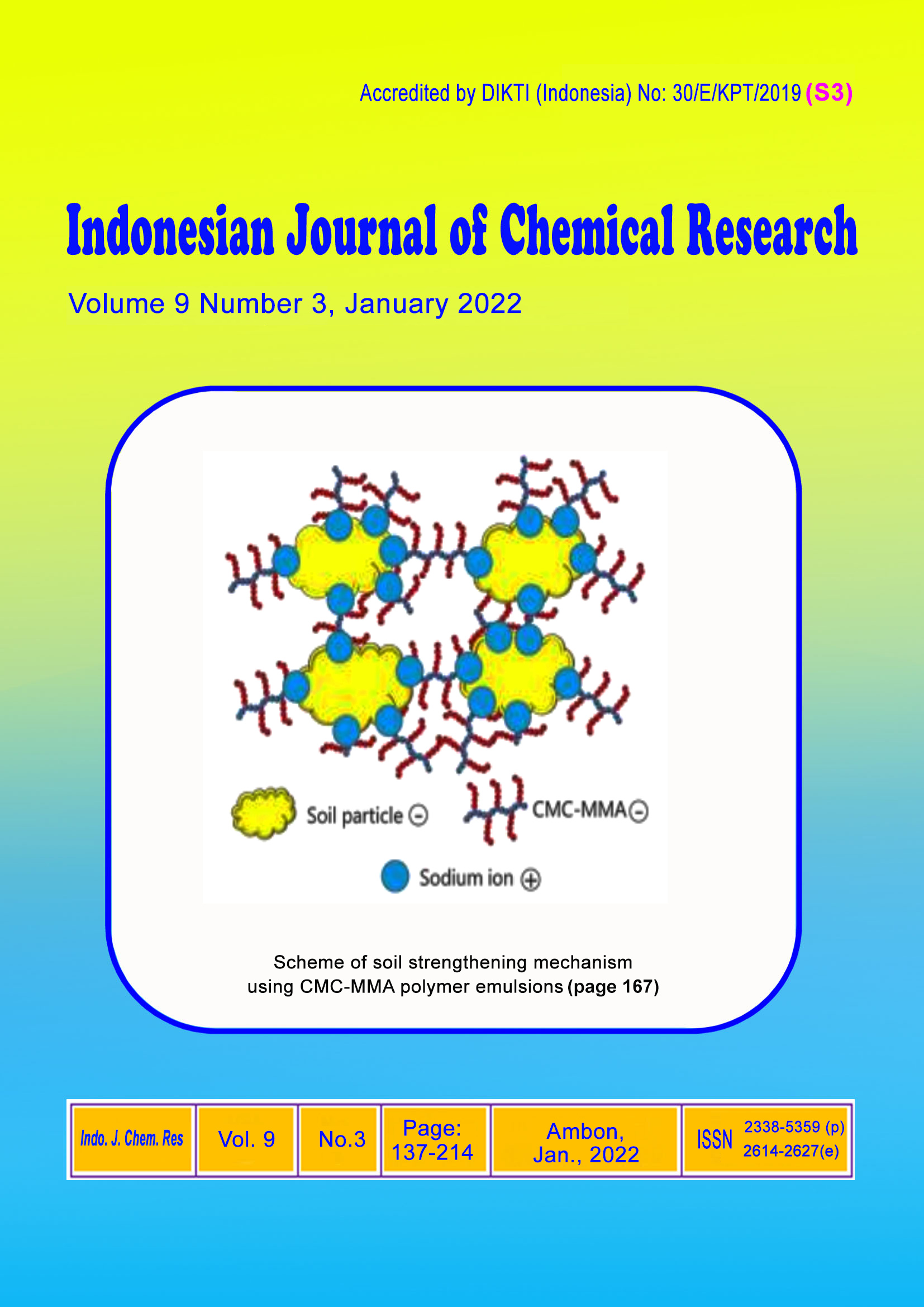Antibacterial Activity of Pineapple Peel (Ananas comosus) Eco-enzyme Against Acne Bacterias (Staphylococcus aureus and Prapionibacterium acnes)
Abstract
Acne (acne vulgaris) is a skin disease caused by infection or inflammation of the pilosebaceous unit. Staphylococcus aureus and Prapionibacterium acnes was the main actor in the infection. Eco-enzyme that is made from pineapple peel has been stated that have inhibitory activity against gram-positive and negative bacteria, also applied as home industry soap. This study objective as scientific support that Eco-enzyme phytochemical compounds had the antibacterial activity to the acne bacteria. Eco-enzyme was composed of pineapple peel, brown sugar, and water with the ratio of 3:1:10 for 3 months fermentation time. Eco-enzyme was screened of its phytochemical compound and antibacterial activity against S.aureus and P.acnes by dilution with various concentrations (1.5625%, 3, 125%, 6.25%, 12.5%, 25%, and 50% v/v) and various control. The minimum inhibition concentration (MIC) was then tested by diffusion method to determine the inhibition zone with 3 replication using the higher concentration (50%, 75%, 100% v/v). The result showed that eco-enzyme has a clear yellow colour, contains tannin and saponin, MIC of S.aureus and P.acnes bacteria is 50%. The dilution test of eco-enzyme gives the most effective concentration to inhibit S.aureus at eco-enzyme 100% (v/v), contrasted to P. acnes which didn’t show the best inhibition concentration.
Downloads
Copyright (c) 2022 Aisyah Hadi Ramadani, Rizkya Karima, Riska Surya Ningrum

This work is licensed under a Creative Commons Attribution-NonCommercial-NoDerivatives 4.0 International License.
Authors who publish with this journal agree to the following terms:
- Copyright on any article is retained by the author(s).
- The author grants the journal, the right of first publication with the work simultaneously licensed under a Creative Commons Attribution License that allows others to share the work with an acknowledgment of the work’s authorship and initial publication in this journal.
- Authors are able to enter into separate, additional contractual arrangements for the non-exclusive distribution of the journal’s published version of the work (e.g., post it to an institutional repository or publish it in a book), with an acknowledgment of its initial publication in this journal.
- Authors are permitted and encouraged to post their work online (e.g., in institutional repositories or on their website) prior to and during the submission process, as it can lead to productive exchanges, as well as earlier and greater citation of published work.
- The article and any associated published material is distributed under the Creative Commons Attribution-NonCommercial-NoDerivatives 4.0 International License.






_copy1.png)










